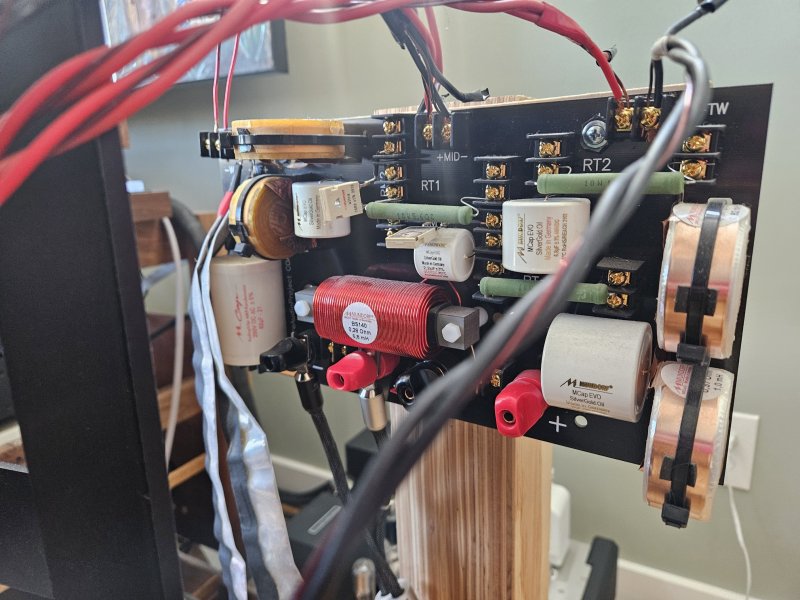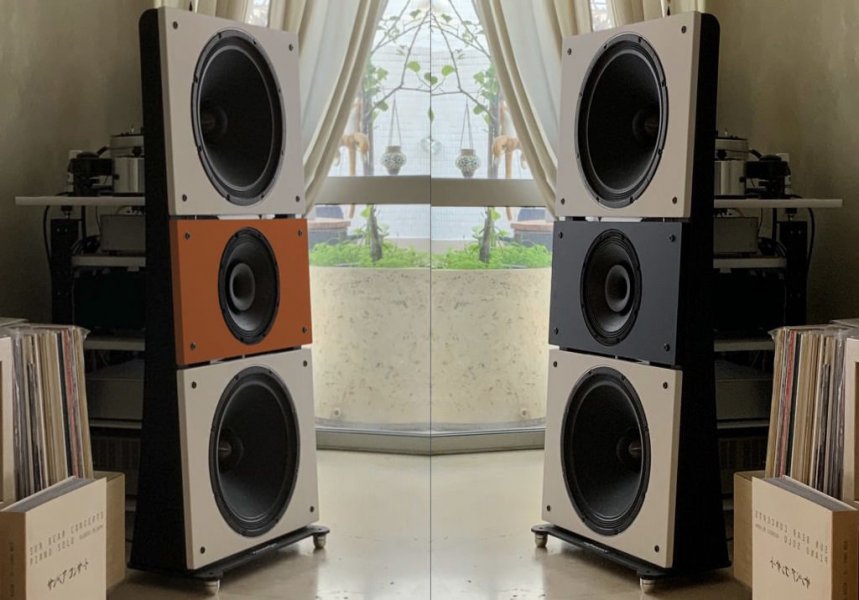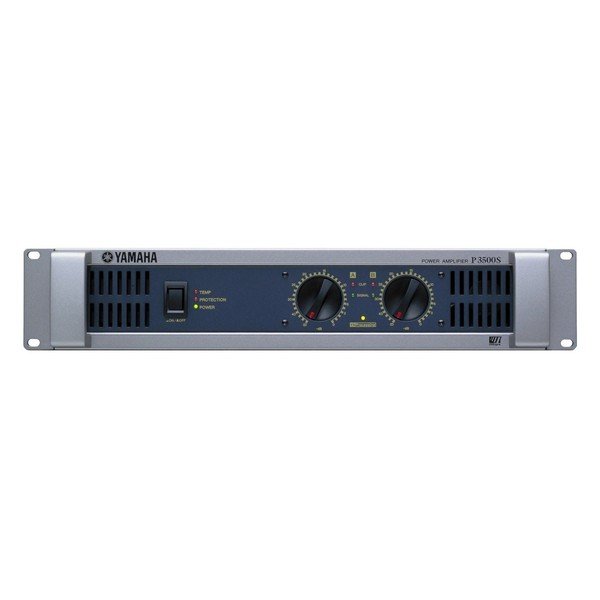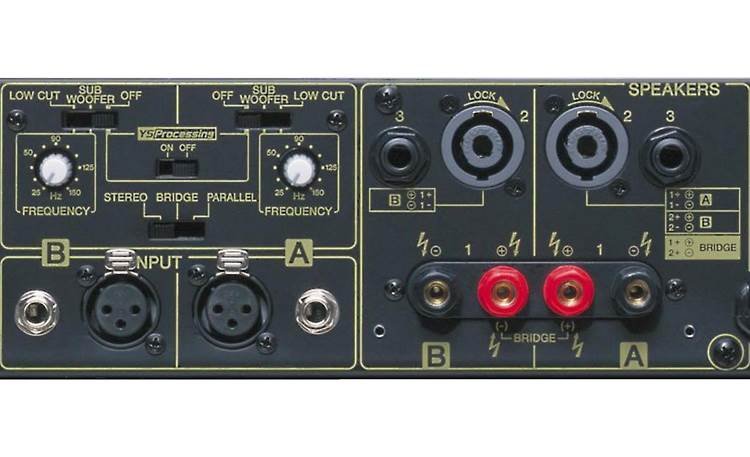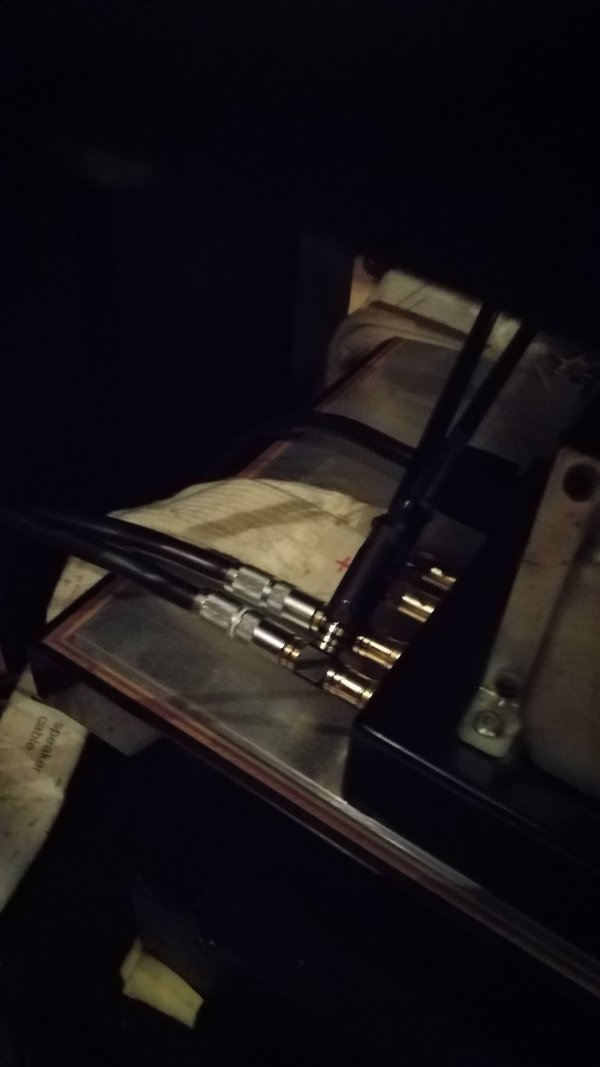@Kingrex Rex, There's the older Wavelet and newer Wavelet II; the latter is what I would definitely recommend to use now as it has an much more capable DAC and 64-bit DSP versus the prior version 56-bit.
Either Wavelet is primarily a digital device. It does have 2 XLR analog inputs and 2 RCA analog inputs along with multiple digital inputs. Anything coming in to the XLR or RCA analog inputs goes through a very good ADC stage; after that, like the digital inputs, all core functionality is done in digital domain. The 24/192 DACs are then used to output up to an 8-way output (4 channels per speaker or 3 per speaker plus 2 for subs), etc. It's highly programmable at Legacy and at least other manufacturers OEM it for their own speakers.
There is no pure analog version of Wavelet as what is does for Room Correction I believe is impossible purely in the analog domain and without the 64-bit DSP engine's power.
The outputs are XLR analog out (1 set of 8) or RCA single-ended analog out (1 set of 8). Note you can turn room correction on or off on the web/mobile control panel software. You can also select "Bypass" all together to have what comes digital have minimal processing through
the DACs and then straight to the outputs or anything that came in from an analog input sent straight through as I understand it direct to the
analog outputs (but obeying the output map that's programmed in).
The room correction algos all operate in the 64-bit digital domain of the excellent DSP engine the Wavelet II has.
Whether the outputs are direct-to-amp after the split-out by Wavelet, in the purest sense depends on the speaker in question,
the output map needed, etc... For example in Valor, some channels go direct in to the speaker drivers from either Wavelet or external
amps. In at least two inputs to the speaker there is a minimal passive crossover internally when there is are different drivers in the speaker
to cover that band. The same for Aeris,..you can actually see the internal passive crossover portion through the grille cloth of the top portion
for certain frequency.
Any more detail would be an even longer post and I don't think that's what you are looking for. Perhaps Ed from Legacy who appears to be here on this forum now could give more details that are being my knowledge/capabilities.
***For vinyl, tape, other enthusiasts: The Wavelet comes with multiple analog inputs. A vinyl lover with a TT, phono pre and preamp could easily run from their preamp straight into Wavelet II's analog inputs. Same for RTR tape enthusiasts or anyone with anything (including disc or server-streamer sources) feeding a SOTA external preamp (or a DAC with a great volume control for its analog outputs. I do exactly this with a full Esoteric Grandioso + Cybershaft digital stack feeding an Esoteric preamp which then feeds Wavelet.













